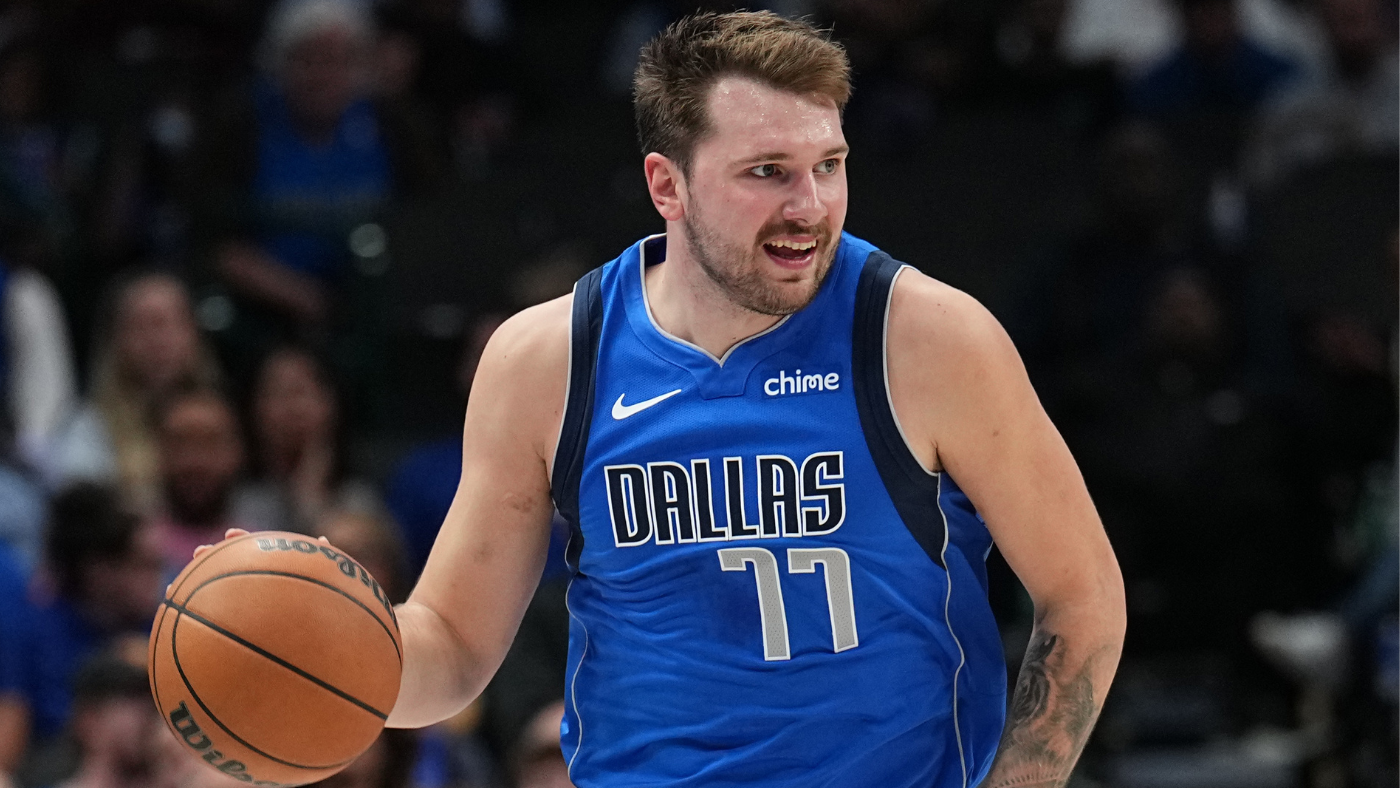How one notable change for Mavericks, Luka Doncic has led to early season success in Dallas
Written by CBS SPORTS ALL RIGHTS RESERVED on November 7, 2023


Since drafting Luka Doncic in 2018, the Dallas Mavericks have played a slow brand of basketball. That’s not a bad thing. After all, they went to the Western Conference Finals with the slowest pace in the entire league during the 2021-22 season. It’s just how they’ve normally operated.
Possessions often bled out the 24 second shot clock as Doncic methodically broke down defenders for either a crafty finish at the rim or a dazzling kickout pass for a corner 3-pointer. It’s what we’ve come to expect from Doncic and the Mavericks — a wear you down style of play made possible by slowing things down, yet still dominating on offense.
But through seven games of the 2023-24 season, the Mavericks have been anything but slow. Dallas ranks 13th in the league in pace –a stat that counts how many possessions a team generates per game. So, on average, the Mavericks are racking up 100.93 possessions per game this season, a stark difference from what they’ve averaged in each of the last five seasons. In fact, Dallas has never averaged 100 or more possessions per game since drafting Doncic in 2018.
Mavericks pace since drafting Doncic
| Season | Pace | League rank |
|---|---|---|
2023-24 | 100.93 | 13th |
2022-23 | 97.21 | 28th |
2021-22 | 95.64 | 30th |
2020-21 | 97.94 | 26th |
2019-20 | 99.89 | 18th |
2018-19 | 99.60 | 19th |
You may look at that chart and think a couple more possessions per game isn’t that significant, but considering the Mavericks routinely ranked near or at the bottom of the league in pace, it’s a notable jump. It’s something that the team has been trying to implement since making the trade for Kyrie Irving last February. Before Irving joined, the Mavericks averaged 96.32 possessions per game, which ranked 29th in the league. When Irving was added to the roster, that went up to 99.08 possessions per game, good enough for 18th in the NBA during that span.
That faster pace yields to the strengths of someone like Irving, who likes to push the tempo, especially in transition, use his quick handle to get by defenders and make split-second decisions that often lead to assists or a buckets. You can see that uptick in pace when Irving’s leading the offense without Doncic on the floor in certain lineups. We’re still seeing Doncic use that slow and steady approach when he’s controlling the offense, but not as frequently, as Dallas’ time of possession has dialed down.
Mavericks time of possession since drafting Doncic
| Season | Time of possession (seconds) | League rank |
|---|---|---|
2023-24 | 19.8 | 29th |
2022-23 | 22.0 | 1st |
2021-22 | 21.8 | 1st |
2020-21 | 21.2 | 6th |
2019-20 | 21.6 | 4th |
2018-19 | 21.5 | 5th |
Those quicker possessions are in part due to the Mavericks getting out in transition more often, and when they do, getting ahead of the defense by throwing passes to guys running the floor. That’s where someone like Derrick Jones Jr. comes in handy, who has thrived in this surprisingly faster environment. Doncic and Irving are rewarding Jones for running the floor in transition, and, in turn, it’s paid off for the Mavericks on the scoreboard.
Like this transition bucket that led to an and-1 opportunity for Jones after the tough finish under the basket:
Jones isn’t the only one benefiting from this faster pace. So is rookie big man Dereck Lively II, who has been a bright spot for Dallas this season. His athleticism and size are the perfect combo for a Doncic pick-and-roll, and he’s shown some soft touch and skill for plays like this:
It’s too early to tell if Dallas’ quicker pace is sustainable, but right now it’s working. Its worked because guys are buying into this new approach, specifically Doncic who has started this season in shape, unlike years prior where he’s come in rather sluggish and trying to play catch-up. As a result, the young superstar is on an offensive tear (31.6 points, 9.6 rebounds, 8.9 assists, 49.3 FG%, 41.3 3P%), and his team is 6-1 through a week and a half of games. The faster pace also works because Dallas has another lead guard in Irving who likes to play faster, giving the Mavericks versatility on how they want to run the offense.
We’ll have to see if Doncic body can hold up over the course of a season playing at a faster pace, because it isn’t something he’s done since he’s been in the league. But, if he can, and the Mavericks continue to keep this up, then their record might end up surprising a bunch of people at season’s end.
The post How one notable change for Mavericks, Luka Doncic has led to early season success in Dallas first appeared on CBS Sports.






